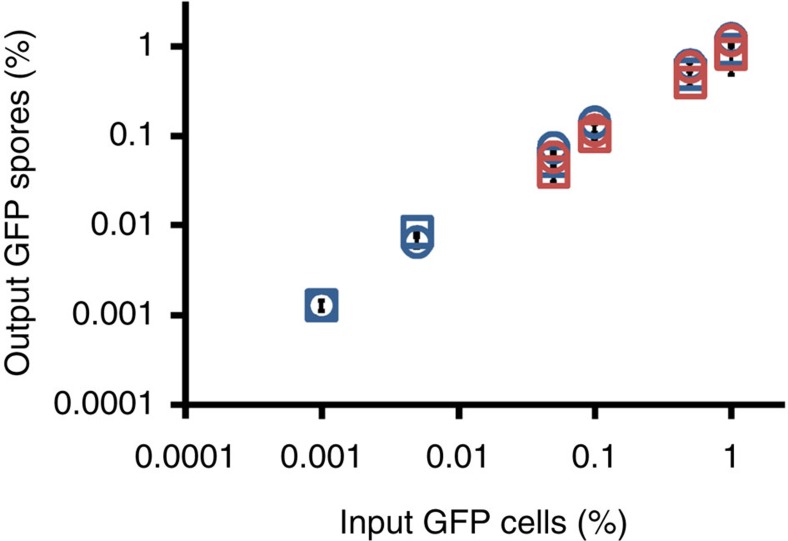Figure 2. Cells with rare recognition cues produce equal amounts of spores in mixes with either compatible or incompatible strains.
We mixed GFP-labelled cells with compatible (control) or incompatible (experiment) unlabelled cells at the indicated frequencies (x axis), allowed them to develop, collected the spores and measured the frequency of fluorescent spore at the end of development (y axis). Blue squares, rare tgrB1AX4tgrC1AX4–GFP mixed with compatible tgrB1AX4tgrC1AX4 as a control. Blue circles, rare tgrB1AX4tgrC1AX4–GFP mixed with incompatible tgrB1QS31tgrC1QS31. Red squares, rare tgrB1QS31tgrC1QS31–GFP mixed with compatible tgrB1QS31tgrC1QS31 as a control. Red circles, rare tgrB1QS31tgrC1QS31–GFP mixed with incompatible tgrB1QS38tgrC1QS38. The data are means±s.e.m. and both axes are displayed in log10 scale. n=3–5 per group, two-tailed Student's t-test between controls and experiments at each mixing frequency.

